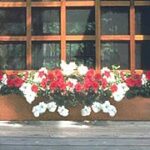Unlock the secrets to successful raised bed gardening! Discover essential do’s and don’ts to create a thriving garden that elevates your yard’s aesthetic.
Why Choose Raised Beds?
Garden Bed Design
Garden Bed Do’s and Don’ts
Material Selection for Your Raised Garden Bed
Raised bed gardening offers a wealth of benefits, from improved soil quality and drainage to enhanced aesthetics and accessibility. But to truly reap the rewards of this gardening method, it’s essential to understand the key do’s and don’ts that ensure a thriving and beautiful garden.
In this article, we’ll guide you through the essentials of raised bed gardening, providing practical tips and expert advice to help you achieve success. From choosing the right location and materials to optimizing soil composition and plant selection, you’ll discover how to create a raised bed garden that not only elevates your yard’s aesthetic but also yields a bountiful harvest.
Raised bed gardening involves cultivating plants in elevated structures filled with quality soil and compost. These structures, typically made of wood, steel, stone, or concrete blocks, provide a contained and controlled environment for your plants to flourish.
Why Choose Raised Beds?
Raised beds offer a range of advantages over traditional in-ground gardening:
Weed Control
One of the biggest benefits of raised beds is their ability to minimize weed growth. The physical barrier created by the raised bed helps prevent weeds from encroaching from the surrounding area. Starting with weed-free soil and using landscape fabric or mulch further reduces weed pressure, making maintenance easier and keeping your plants healthy.
Pest and Disease Control
Raised beds offer a more controlled environment, making it easier to manage pests and diseases. The contained space allows for the implementation of physical barriers and targeted treatments, reducing the risk of infestations and soil-borne diseases that can harm your plants.
Enhanced Aesthetics
Beyond functionality, raised beds can significantly elevate the visual appeal of your garden. They create a sense of order and organization, transforming a simple garden area into a well-defined and attractive space. The variety of materials, shapes, and arrangements possible with raised beds allows for endless creativity and customization to enhance your garden’s beauty.
Improved Soil Quality
If your garden suffers from poor soil quality, raised beds offer a solution. By filling them with fresh, high-quality soil tailored to your plants’ needs, you can create an optimal growing environment. This is particularly beneficial for growing plants with specific soil requirements, such as blueberries that thrive in acidic soil or cabbage that prefers heavier clay soil. With raised beds, you can easily accommodate diverse soil preferences within the same garden area.
Better Accessibility
Raised garden beds are a boon for gardeners with mobility limitations. Their elevated structure reduces the need for bending and stooping, making gardening more comfortable and accessible. The defined space also makes it easier to reach all your plants, simplifying planting, weeding, and harvesting tasks.
Optimal Drainage
Raised beds promote excellent drainage, preventing water logging that can harm plant roots. Even in gardens with poor drainage, the elevated structure of raised beds allows excess water to escape, ensuring your plants thrive in a healthy environment. This improved drainage also helps prevent issues associated with waterlogged soil, such as root rot and fungal diseases.
Garden Bed Design
When planning your raised garden bed, consider these key design elements to optimize both its look and beauty:
Width
The ideal width for a raised garden bed is between 18 inches and 4 feet. A width of 18 inches accommodates one or two plants comfortably, especially for those that tend to spread. However, a width of 4 feet is generally the maximum for easy reach. Reaching the center of a wider bed can be difficult and may require stepping into the bed, which can compact the soil. If your bed is positioned against a wall or fence, limit the width to 2 to 2.5 feet, or as far as your arm can comfortably reach.
Length
The length of your raised bed is flexible—the optimal length depends largely on your available space and the materials you’re using. While beds can be as long as 25 feet, exceeding 12 feet can make the structure less stable and prone to bowing, especially if its built with common 8-foot long wood boards.
Height
Here’s the minimum depth some commonly grown house plants need to flourish:
| Plants | Depth |
| Lettuce Greens | 6 inch |
| Pepper | 12 inches |
| Tomato | 18 inches |
| Kale | 18 inches |
| Zucchini | 18 inches |
| Squash | 18 inches |
| Cucumber | 18 inches |
| Root vegetables | 12 inches |
| Herbs | 6 inches |
If you are planning to grow any other plants, remember the raised bed should be tall enough to accommodate the root ball of plants. Ideally the minimum height should be 6 inches.
Garden Bed Do’s and Don’ts
To ensure your raised garden bed thrives and provides years of enjoyment, follow these essential do’s and don’ts:
Do’s:
View this post on Instagram
- Plan your pathways. Create pathways at least 18 inches wide between beds for easy access. Consider wider pathways to accommodate wheelchairs or other mobility aids.
- Optimize depth. Provide adequate soil depth for your chosen plants. Smaller plants like strawberries and salad greens need around 12 inches, while shrubs and fruit bushes require at least 18 inches.
- Practice crop rotation. Rotate crops after each harvest to prevent pest and disease buildup and improve soil health.
- Prioritize visibility. Plant smaller plants near the edges of the bed for better visibility and easier access.
- Warm the soil. Increase soil temperature in the spring to encourage faster growth and healthier plants.
- Use quality materials. Opt for high-quality soil, compost, and organic pesticides to promote healthy plant growth.
Pro Tip: If you are looking for a cheaper alternative to rich compost, you can refer to this reel by @gardensimilar where homemade compost is being used along with other cost-effective materials to fill the raised garden bed.
View this post on Instagram
Don’ts:
- Don’t overcrowd plants. Provide adequate spacing to prevent stunted growth and competition for resources.
- Don’t choose oversized plants. Select plants that are appropriate for the size of your raised bed. Also see: 10 Plants You Should Never Grow in a Raised Bed.
- Don’t compromise on soil quality. Use sterilized bagged soil or ensure your soil is free of weeds, diseases, and pests.
- Don’t skip the mulch. Apply a layer of mulch to suppress weeds and retain moisture.
- Don’t place the bed too far from a water source: Ensure easy access to water for convenient irrigation.
- Don’t use inappropriate materials. Avoid pressure-treated lumber or old tires, as they can leach harmful chemicals into the soil.
- Don’t make the bed too wide. Limit the width to 4 feet or less for easy reach and to avoid soil compaction.
- Don’t choose a poor location. Avoid areas with excessive shade or poor drainage.
- Don’t neglect plant protection. Install fencing or netting to protect your plants from pests, pets, and wildlife.
Material Selection for Your Raised Garden Bed
The material you choose for your raised garden bed will impact its durability, aesthetics, and maintenance requirements. Here’s a breakdown of popular options:
Wood
Wood is a widely used and versatile material for raised garden beds. Cedar and redwood are popular choices due to their natural resistance to rot and insects. When using wood, prioritize untreated lumber to avoid potential chemical leaching into the soil. If you plan to paint your wooden bed, opt for organic, eco-friendly paints to protect both your plants and the environment. A thickness of 2 inches is generally recommended for optimal durability.
Steel
Steel, particularly Corten steel, offers exceptional durability and a modern aesthetic. Corten steel develops a distinctive weathered patina over time, adding a unique visual element to your garden. While steel can be a more expensive option initially, its longevity, food-safe nature, and resistance to corrosion make it a worthwhile investment. Additionally, steel beds warm up faster in the spring, promoting earlier plant growth.
Stone
Stone provides a natural and timeless look for raised garden beds. Its durability and ability to withstand various weather conditions ensure longevity with minimal maintenance. Stone is also food-safe and readily available in many regions. While the initial cost may be higher, a stone raised bed can last a lifetime, making it a sustainable and aesthetically pleasing choice.
Pro Tip: See how @ashs.backyardgarden uses netting to prevent pests:
View this post on Instagram
References:
- What Should You Put at the Bottom of a Raised Garden Bed?, Gardenary, Nicole Burke
- 10 Plants You Should Never Grow in a Raised Bed, MarthaStewart, Written by Michelle Mastro
- 7 Benefits of Raised Bed Gardening, Ngb.org
- How To Build Raised Flower Garden, HomeTips.com



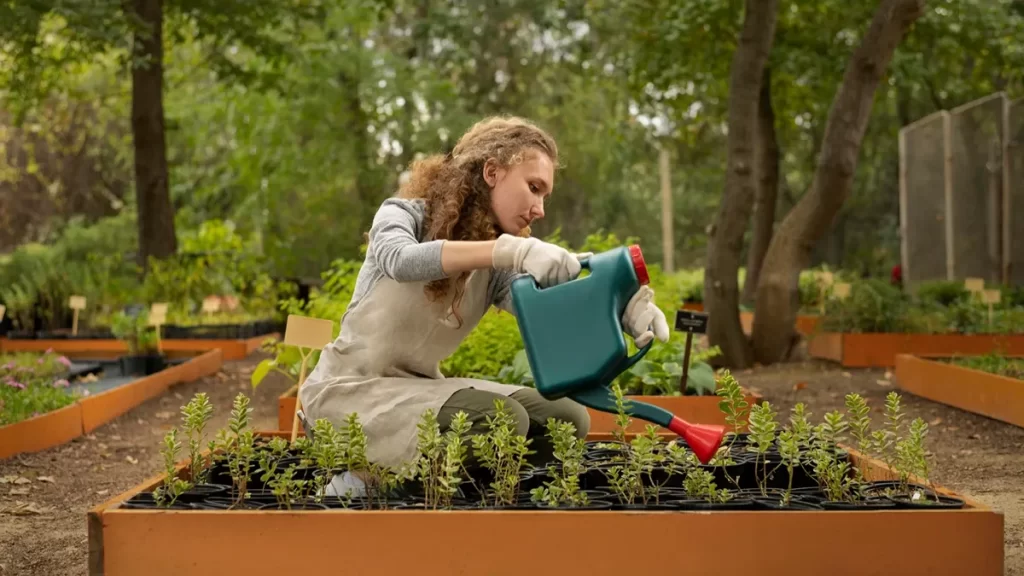
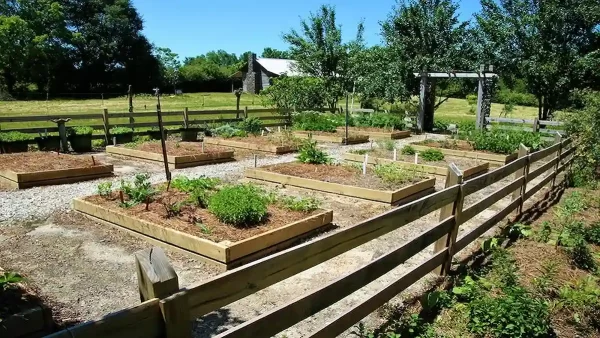
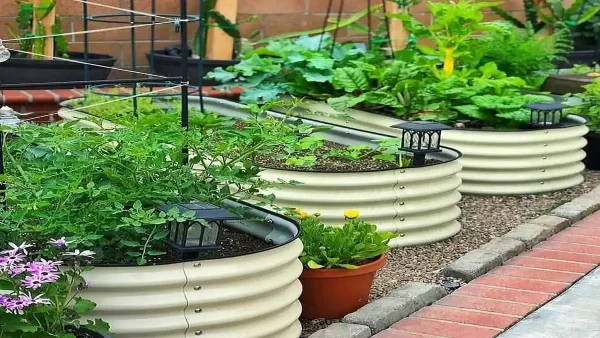
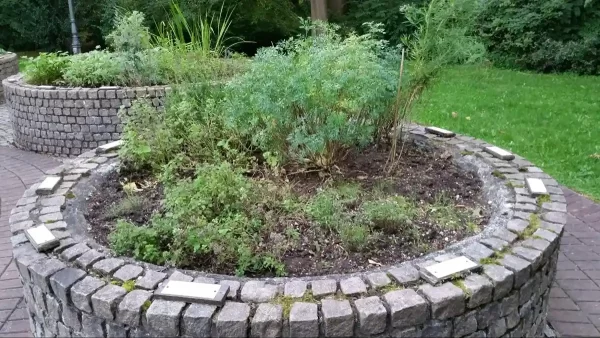

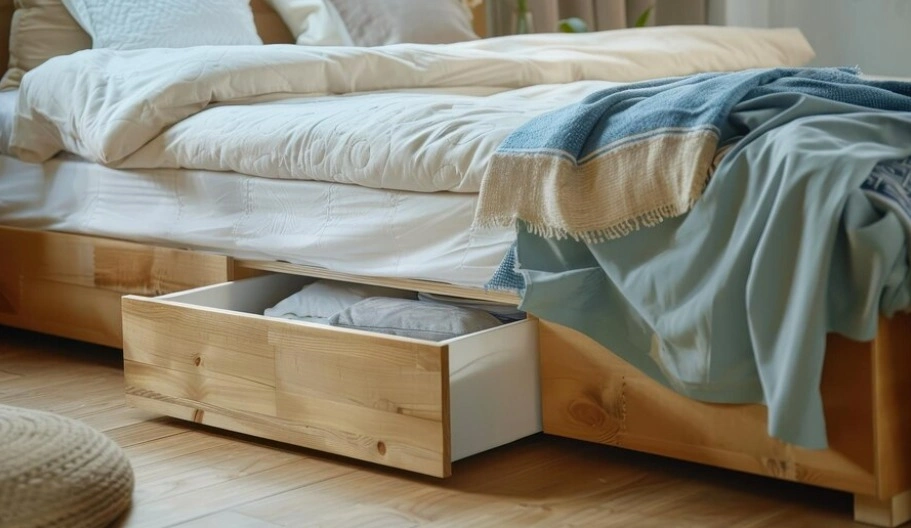
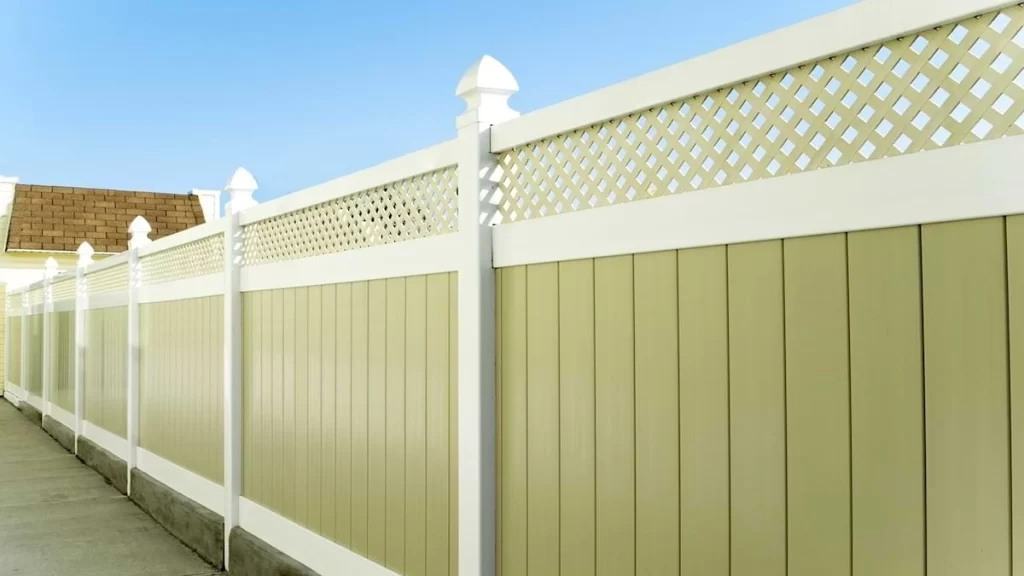

 Don Vandervort writes or edits every article at HomeTips. Don has:
Don Vandervort writes or edits every article at HomeTips. Don has:

